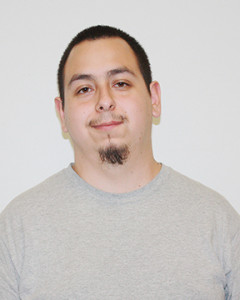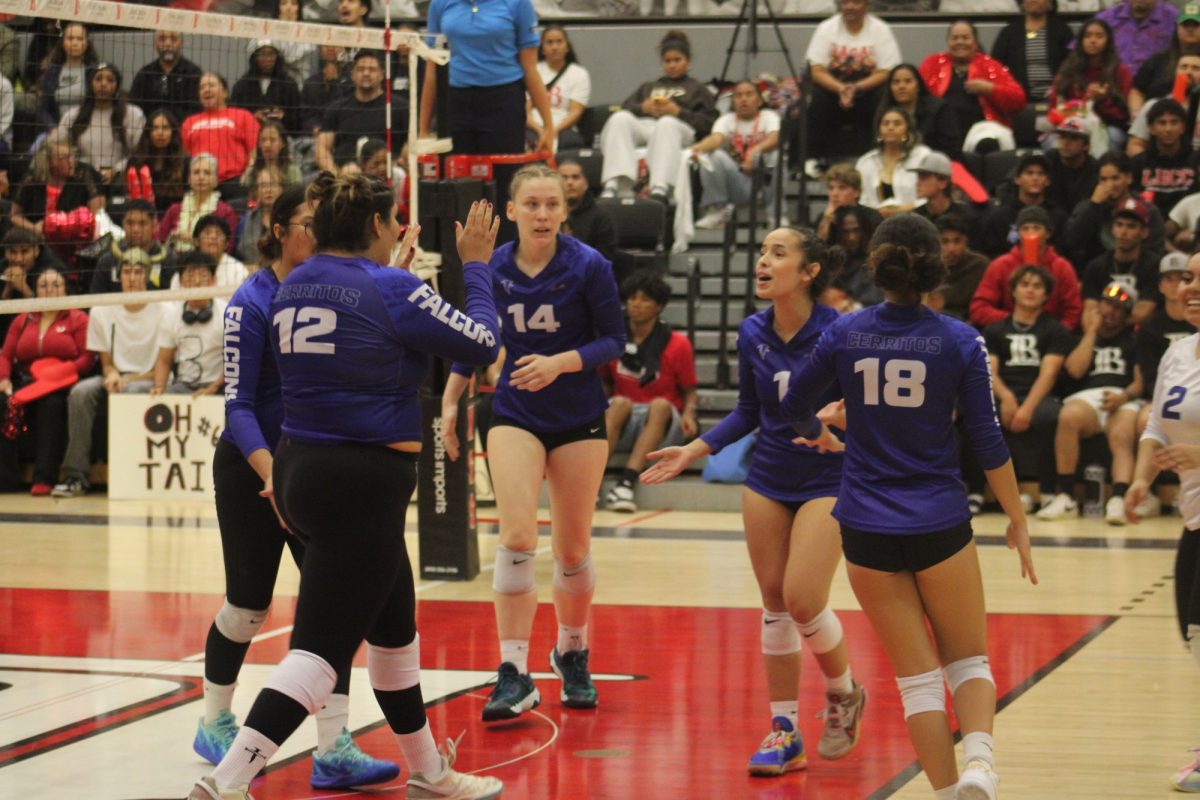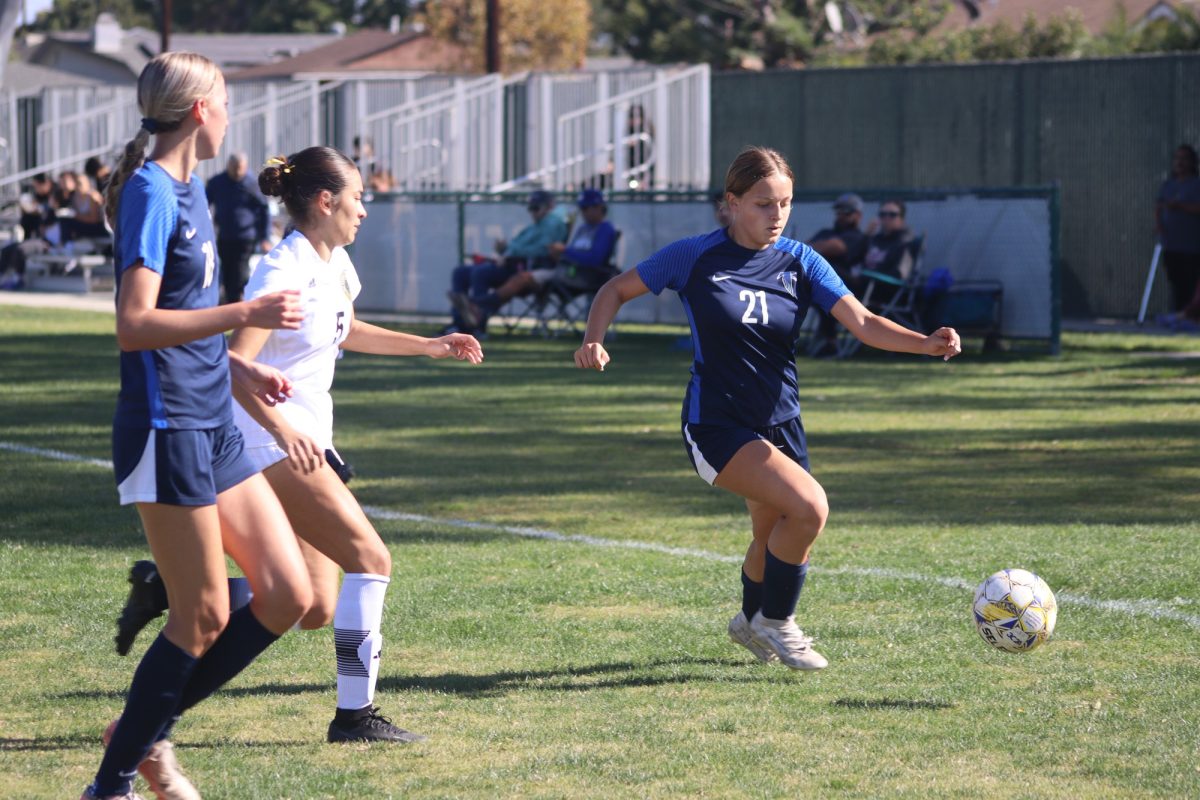Brian Cable, the head athletic trainer at Cerritos College, has been at the forefront of the injury prevention battle and helped write and pass new legislation for the 3C2A rules concerning concussions and their treatments.
“Before there was nothing,” Cable said. “It was just left up to the individual schools, but the new legislation that we put in mandates that everyone has to have concussions treated the same.”
That essentially means that all coaching staff and players receive yearly concussion training, which helps in diagnosing symptoms on the field of play. Players are also subject to a cognitive test before their season to help diagnose symptoms.
“Because we have those baseline tests, we can compare what they are like in a non-concussed state,” Cable added.
The legislation also has mandatory standards that students have to clear before they are allowed to return and play.
In the case of a on field concussion, players are treated by the team physician to help evaluate the concussion. In a mild case, students are released to their parents with “take home guidelines” to help them at home. Serious cases are sent to a local hospital for treatment.
Although concussions aren’t the most common injury when compared to muscle strains, they do happen. “We’ve had concussions in probably every single sport, even cross country,” Cable said. “It happens every season in multiple sports.”
Aside from concussion education, Cerritos College provides student athletes with new equipment. “Yeah, they ordered some new helmets and shoulder pads to help us with that,” sophomore wide receiver Ricky Carrigan said.
It is clear to see that Cerritos College and other community colleges take on-field injuries extremely seriously.
“The 3C2A, which is the organization that the college is under, (is) trying to be more proactive in protecting the athletes,” athletic director Dan Clauss said.
While concussions can not be completely prevented, schools are getting more competent at being able to diagnose such injuries.
Helmets and equipment are consistently changing to help soften impact. Players are also taught how to try to avoid head-on collisons.









